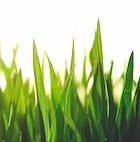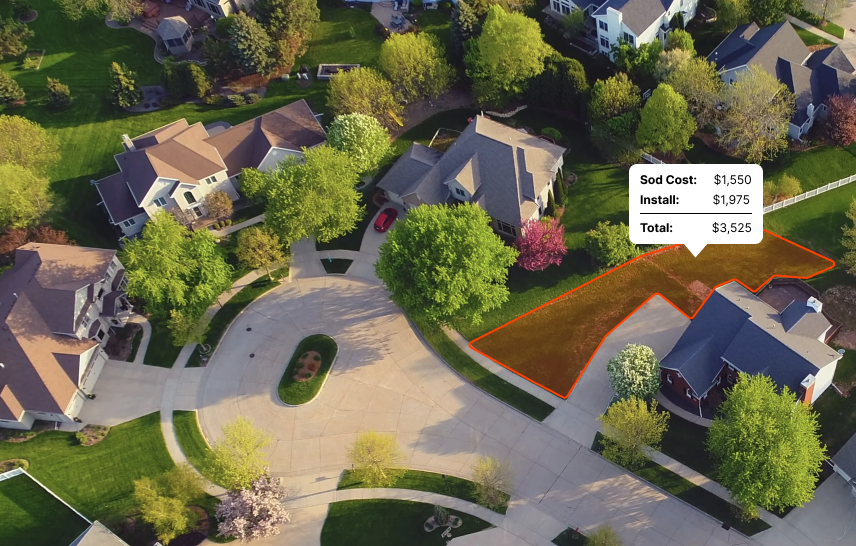For best results, lay grass in spring or fall, and choose species that can handle both sweltering summers and frosty winters.”
Introduction
Kansas rocks a four-season vibe with its continental climate, delivering blazing summers and biting winters. Grasses that can hold their own in both searing heat and icy chill come out on top in the Sunflower State.
Got grass to lay in Kansas? Set your sights on spring and fall.
During these seasons, temperatures play nice, creating prime growing conditions for your green friends. Drop your grass seeds in fall, and they'll dig in deep, establishing robust root systems just in time for winter's arrival.
Kansas sprawls across the "Tallgrass Prairie" grass zone, home to towering grasses that reach skyward up to six feet. This zone blankets most of the eastern part of the state, serving up a smorgasbord of natural grazing for bison and cattle.
What are the best sod types for KS?
In the world of landscaping, not all grasses are created equal. Each thrives in a specific climate zone: cool, warm, or transition.
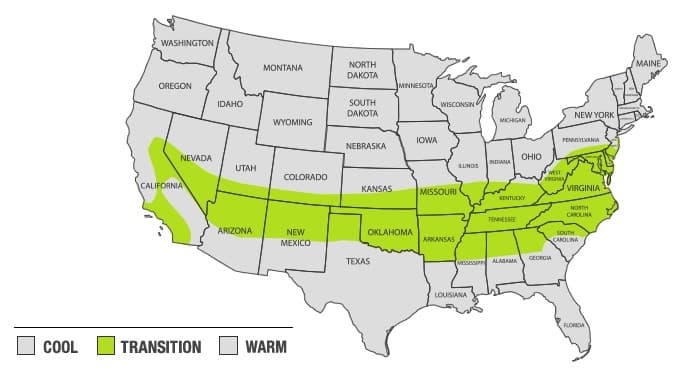
Kansas, with its transition zone climate, prefers a particular set of grasses that relish the a wide range of temperatures. The following sods are the easiest to grow and maintain in Kansas:
While it's possible to grow grasses meant for other regions with proper care, attention and timing, these are the most common grasses in Kansas for residential lawns.
Level Up Your Lawn Skills
Once per week we'll send you an interview from someone who has mastered the art of lawn care.
Recommended species for shade
We know you've got shade in your Kansas lawn and you're looking for the best sod. Well, we've got answers, so hang tight. Here come the best grasses for shade in Kansas.
Feather Reed Grass, St. Augustine Grass, and Zoysia Grass. These are your top three. Let us explain why.
Feather Reed Grass thrives in full sun, but don't sweat it, it can handle partial shade like a champ. You're looking at needing four hours of sunlight daily and BAM, you've got a showstopper lawn.
St. Augustine Grass, here's a real shade lover. Illinois native, loves the heat and isn't going to panic at the first sign of cool weather. Four to six hours of sunlight is the sweet spot for this sod superstar. Kansas summers? St. Augustine Grass can do that.
Zoysia Grass, powerful name, powerful grass. This guy is a dense, slow-growing powerhouse that can stand up to high traffic areas. Looking for a workhorse that won’t tucker out in partial shade? Here's your answer. Zoysia needs about three to six hours of sunlight to flourish.
So, there you go. Feather Reed Grass, St. Augustine Grass, Zoysia Grass - these are your shade sockdolagers. Each one bringing something different to the table. Each one ready to handle the Kansas climate. Each one, the answer to your shade woes.
Don't fear the shade, embrace it. With these options, you're more than equipped to handle a little less sunshine and a lot more green. Go forth and sod up.
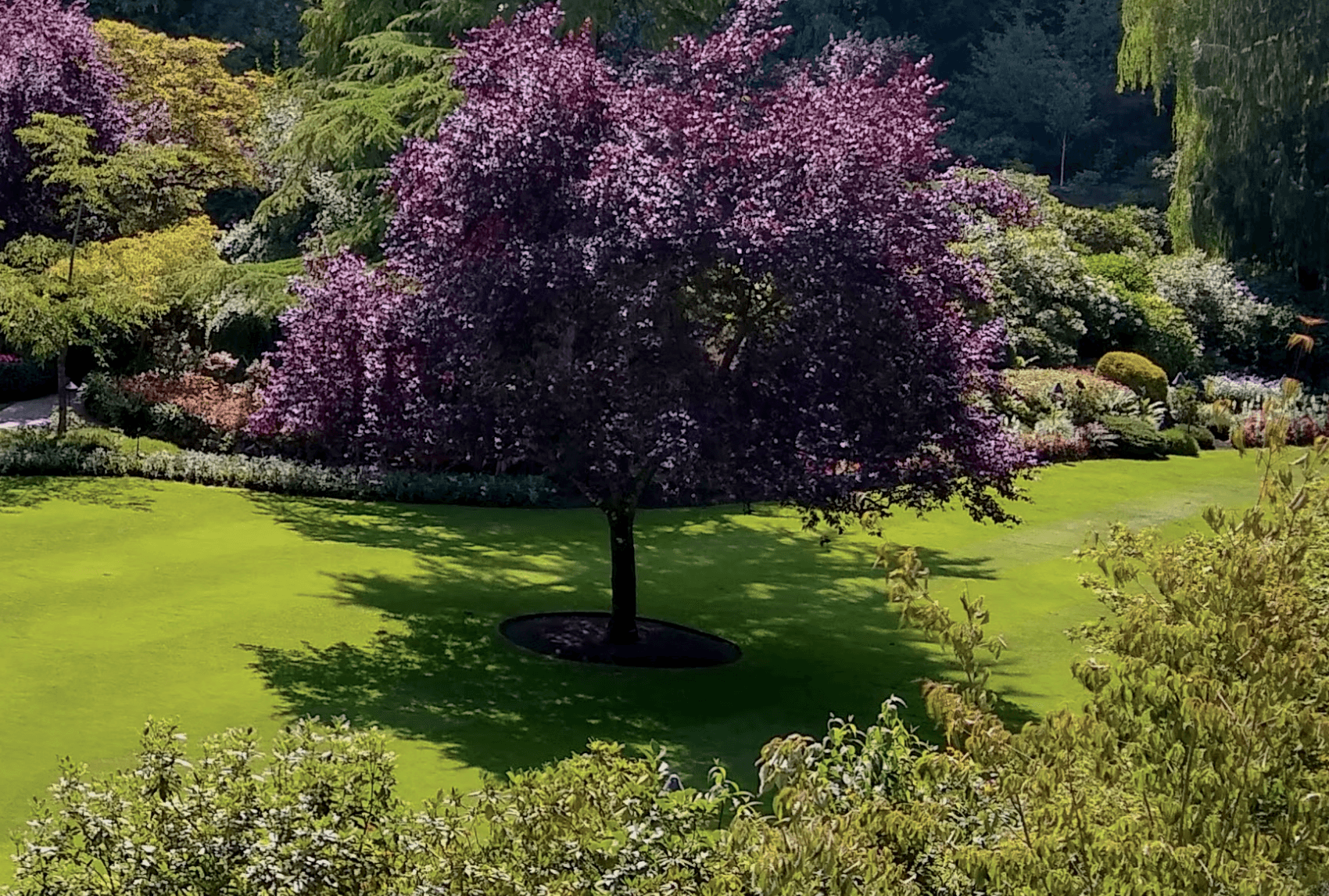
Recommended for full sun or partial sun
Choosing the right sod for your lawn depends heavily on the sunlight exposure in your yard. Different grass types have varying light requirements for optimal growth and appearance. Assessing whether your lawn receives full or partial sun is essential in selecting sod that will flourish and stay healthy in your specific environment.
Below are some sod options recommended for either full sun or partial sun conditions in KS:
| Grass Type | Sun | Good to Know |
|---|---|---|
| Bermuda | Full | Bermuda grass thrives in full sun and is known for its drought tolerance and ability to withstand high temperatures. |
| Zoysia | Full | Zoysia grass prefers full sun but can tolerate some shade. It is known for its dense turf and resistance to pests and diseases. |
| Tall Fescue | Partial | Tall Fescue is adaptable to a range of conditions, including partial sun, and is known for its deep root system and tolerance to drought. |
| Kentucky Bluegrass | Full | Kentucky Bluegrass prefers full sun and is prized for its fine texture, rich color, and ability to recover quickly from damage. |
What varieties stay green year-round?
As with anything agriculture related, there is some nuance to this question. There are many grasses that can stay green year round in but it depends heavily on your location within Kansas as well as any microclimates that may exist.
The following grasses have the ability to stay green year round in Kansas:
| Grass Type | Caveats |
|---|---|
| Bermuda | It typically goes dormant and turns brown after a few hard frosts in the fall and stays that way until temperatures consistently hit the 60s in the spring. |
| Zoysia | It can stay green nearly year-round in milder climates without severe winter freezes or overly high summer temperatures. |
| Tall Fescue | It typically stays green throughout the year in milder climates, given that it isn't overly stressed by heat or drought in the summer. |
| Kentucky Bluegrass | It can retain its green color for much of the year when well-maintained, though harsh winter temperatures can push it towards dormancy and a browner hue. |
What is the best time to lay sod in Kansas?
For transition zones, consider the type of sod. For warm season grasses, aim for late spring. This gives them a full summer to establish before winter. For cool season grasses, fall is best, allowing roots to develop in mild temperatures. Whichever you pick, avoid extremes of summer and winter. So, late spring for warm grasses, fall for cool ones, and skip the severe seasons.
As you can see in the image below, you'll notice the most shoot growth (the grass above ground) and root growth in the spring and fall for cool season grases and during the summer for warm season grasses:
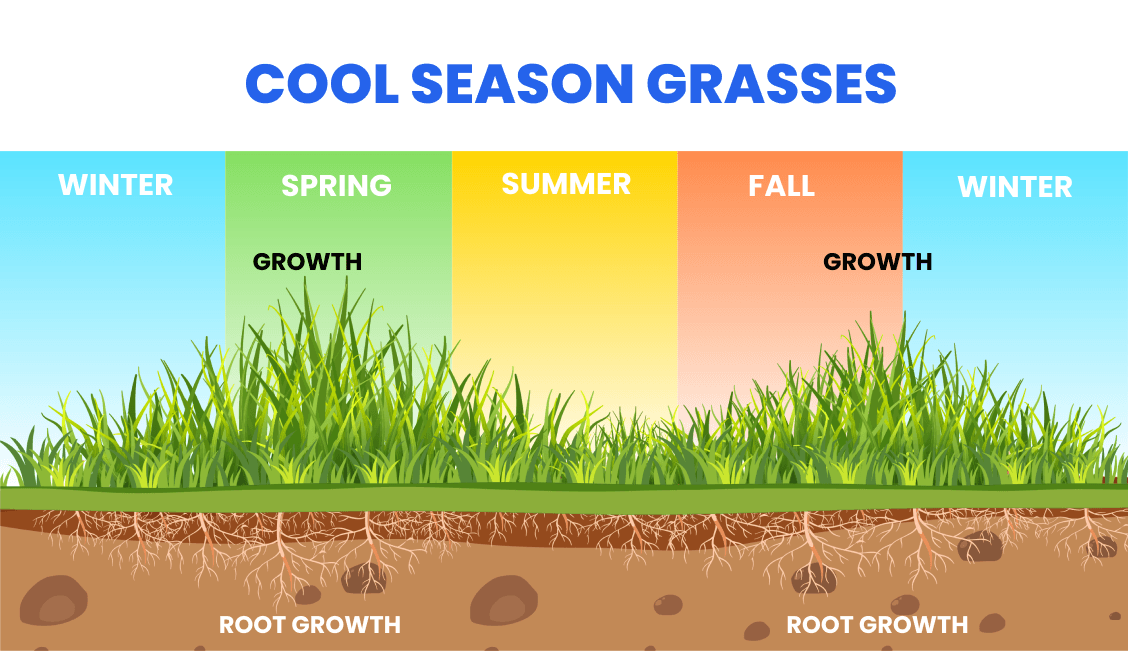
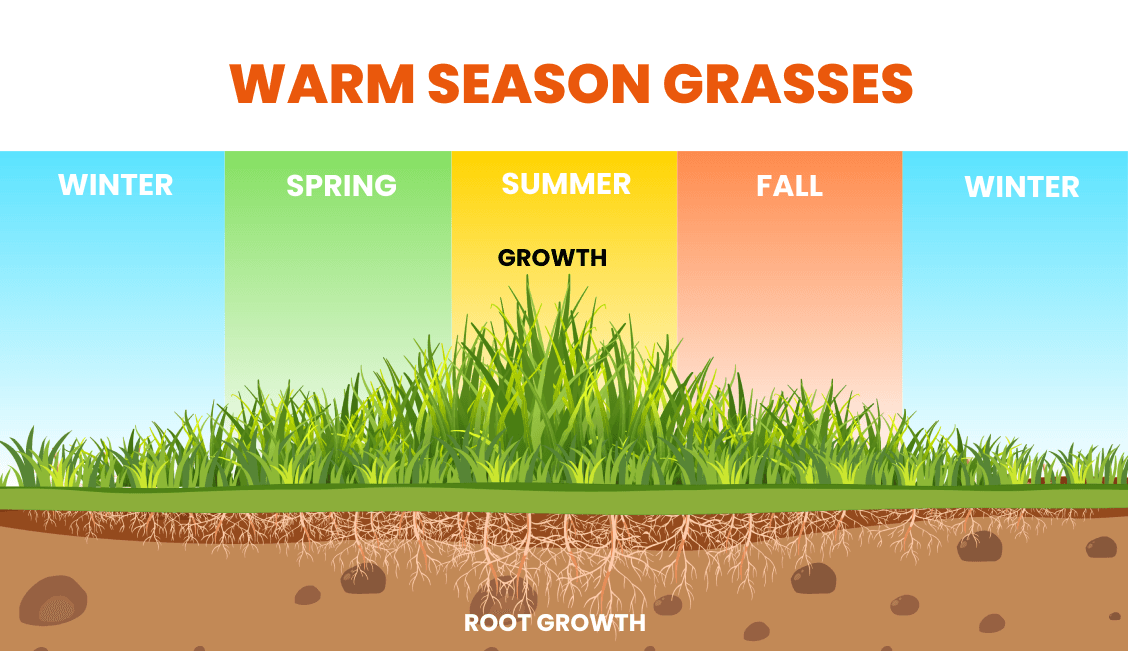
Find reputable companies for installing sod in KS
Here are the top problems you'll face when trying to get sod installed by a landscaping company:
- They're not transparent about pricing. You'll often get a quote that's way higher than you'd expect.
- They're hard to get ahold of on the phone or you'll reach out online but won't hear back.
- It's hard to pin them down for a specific date. Because you can only bring sod from the farm when there's decent weather, this causes some delays at times. It also has a short shelf life, so it's important to get it installed within a day or two of delivery.
We've done all the work for you. Click below to get a quote from one of the top installers in Kansas.
